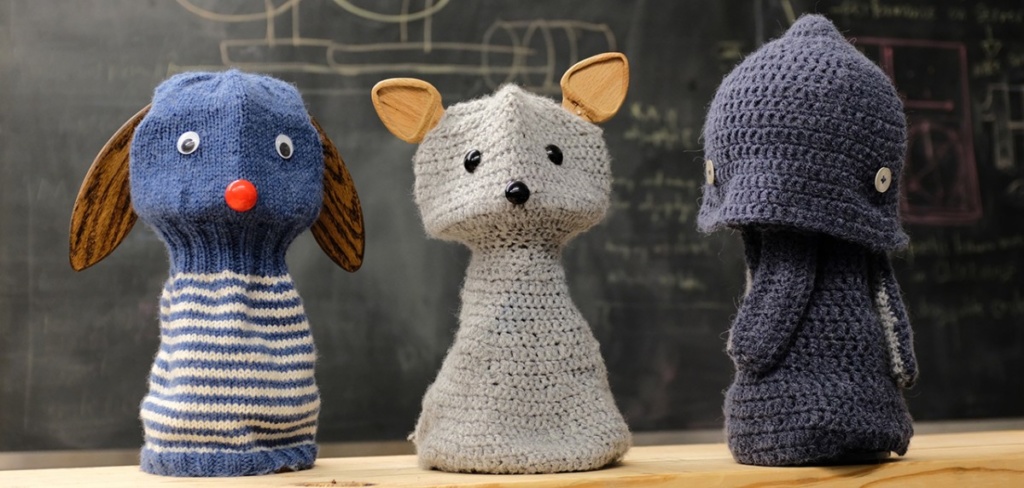模型:
oliverguhr/fullstop-punctuation-multilingual-sonar-base
 英文
英文该模型预测英语、意大利语、法语和德语文本的标点符号。我们开发了该模型用于恢复转录的口语文本的标点符号。
该多语言模型是基于由提供的 Europarl Dataset 进行训练的,对于荷兰语,我们还包括了 SoNaR Dataset 。请注意,该数据集包含政治演讲。因此,该模型在其他领域的文本上可能会表现不同。
该模型恢复以下标点符号标记:“。”“,”“?”“-”“:”
示例代码
我们提供了一个简单的Python软件包,可以处理任意长度的文本。
安装
要开始使用,请从 pypi 安装软件包:
pip install deepmultilingualpunctuation
恢复标点符号
from deepmultilingualpunctuation import PunctuationModel model = PunctuationModel(model="oliverguhr/fullstop-punctuation-multilingual-sonar-base") text = "My name is Clara and I live in Berkeley California Ist das eine Frage Frau Müller" result = model.restore_punctuation(text) print(result)
输出
我的名字是克拉拉,我住在加利福尼亚的伯克利。Ist das eine Frage, Frau Müller?
预测标签
from deepmultilingualpunctuation import PunctuationModel model = PunctuationModel(model="oliverguhr/fullstop-punctuation-multilingual-sonar-base") text = "My name is Clara and I live in Berkeley California Ist das eine Frage Frau Müller" clean_text = model.preprocess(text) labled_words = model.predict(clean_text) print(labled_words)
输出
[['My', '0', 0.99998856], ['name', '0', 0.9999708], ['is', '0', 0.99975926], ['Clara', '0', 0.6117834], ['and', '0', 0.9999014], ['I', '0', 0.9999808], ['live', '0', 0.9999666], ['in', '0', 0.99990165], ['Berkeley', ',', 0.9941764], ['California', '。', 0.9952892], ['Ist', '0', 0.9999577], ['das', '0', 0.9999678], ['eine', '0', 0.99998224], ['Frage', ',', 0.9952265], ['Frau', '0', 0.99995995], ['Müller', '?', 0.972517]]
结果
对于连字符和冒号等单个标点符号的性能有所不同,在许多情况下,它们是可选的,可以用逗号或句号代替。该模型根据不同语言的实现以下F1分数:
| Label | English | German | French | Italian | Dutch |
|---|---|---|---|---|---|
| 0 | 0.990 | 0.996 | 0.991 | 0.988 | 0.994 |
| . | 0.924 | 0.951 | 0.921 | 0.917 | 0.959 |
| ? | 0.825 | 0.829 | 0.800 | 0.736 | 0.817 |
| , | 0.798 | 0.937 | 0.811 | 0.778 | 0.813 |
| : | 0.535 | 0.608 | 0.578 | 0.544 | 0.657 |
| - | 0.345 | 0.384 | 0.353 | 0.344 | 0.464 |
| macro average | 0.736 | 0.784 | 0.742 | 0.718 | 0.784 |
| micro average | 0.975 | 0.987 | 0.977 | 0.972 | 0.983 |
语言
模型
| Languages | Model |
|---|---|
| English, Italian, French and German | 12310321 |
| English, Italian, French, German and Dutch | 12311321 |
| Dutch | 12312321 |
社区模型
| Languages | Model |
|---|---|
| English, German, French, Spanish, Bulgarian, Italian, Polish, Dutch, Czech, Portugese, Slovak, Slovenian | 12313321 |
| Catalan | 12314321 |
您可以通过设置模型参数来使用不同的模型:
model = PunctuationModel(model = "oliverguhr/fullstop-dutch-punctuation-prediction")
如何引用我们
@article{guhr-EtAl:2021:fullstop,
title={FullStop: Multilingual Deep Models for Punctuation Prediction},
author = {Guhr, Oliver and Schumann, Anne-Kathrin and Bahrmann, Frank and Böhme, Hans Joachim},
booktitle = {Proceedings of the Swiss Text Analytics Conference 2021},
month = {June},
year = {2021},
address = {Winterthur, Switzerland},
publisher = {CEUR Workshop Proceedings},
url = {http://ceur-ws.org/Vol-2957/sepp_paper4.pdf}
}
@misc{https://doi.org/10.48550/arxiv.2301.03319,
doi = {10.48550/ARXIV.2301.03319},
url = {https://arxiv.org/abs/2301.03319},
author = {Vandeghinste, Vincent and Guhr, Oliver},
keywords = {Computation and Language (cs.CL), Artificial Intelligence (cs.AI), FOS: Computer and information sciences, FOS: Computer and information sciences, I.2.7},
title = {FullStop:Punctuation and Segmentation Prediction for Dutch with Transformers},
publisher = {arXiv},
year = {2023},
copyright = {Creative Commons Attribution Share Alike 4.0 International}
}





















